Unlocking World Class Performance
Champions Are Everywhere
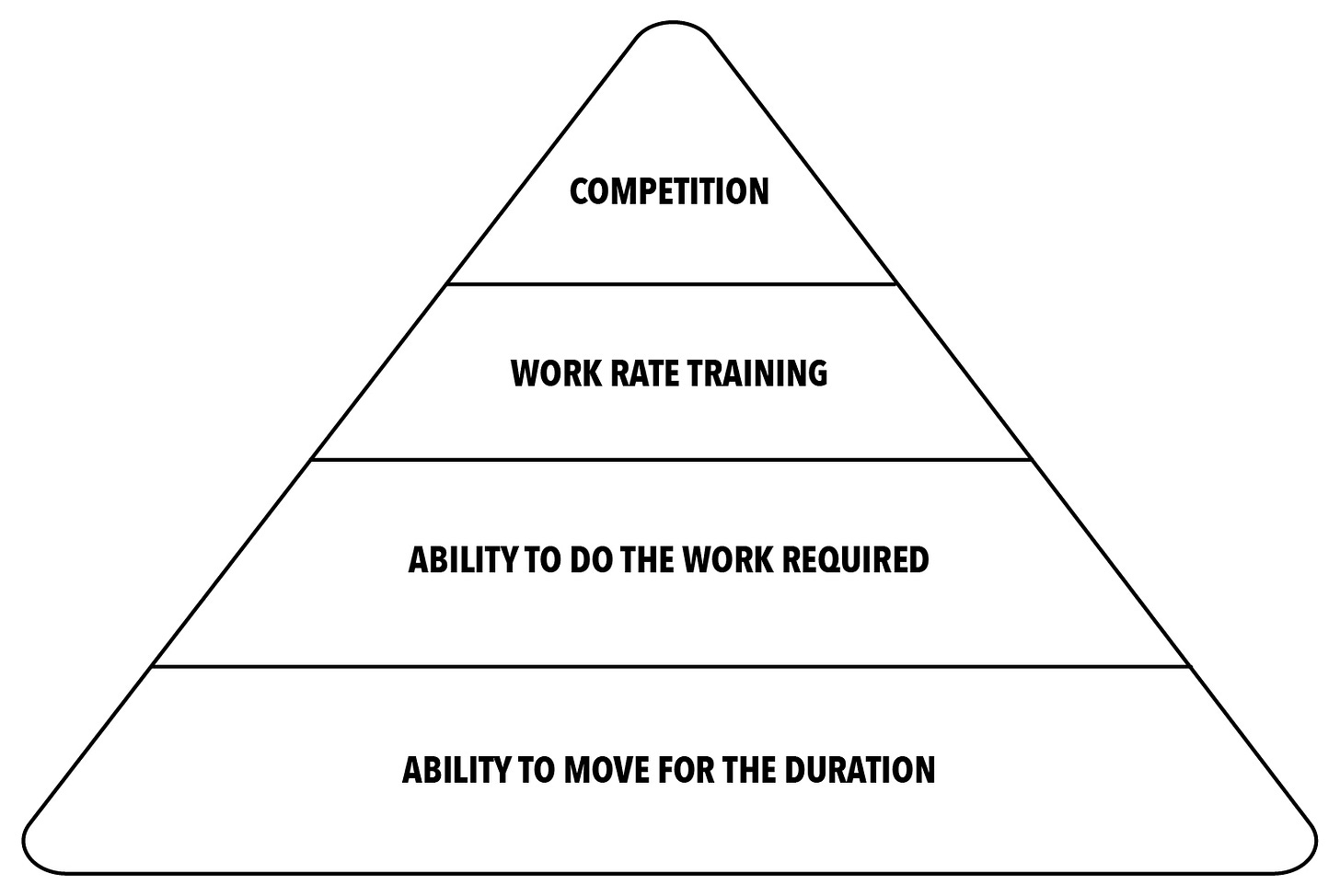
The full quote from the subtitle is:
Champions are not born, they are made.
The raw material is everywhere—on every street corner, in every village.
What we need is the right system, the right coaching, and the right environment to bring that potential out.
-Arthur Lydiard, Running the Lydiard Way (1978)
You can find Part One of this series here.
We start be reviewing the essentials.
Take my system and make it your own.
System — Coaching — Environment
A Roadmap Map To Follow
Over the last 1,200 days, I worked myself up the performance pyramid and through the Four Frameworks we introduced in Chapter One.
The first framework is lifelong basic fitness. This is core training for health and functional performance. This type of fitness gives the ability to ramp up for longer events, or prepare specifically for shorter events. It supports ease of movement, generally, as well and ensuring capacity for activities of daily living.
The second framework is the foundational aspect of metabolic fitness. At its most simple, it’s the ability to turn food into speed. In the medical world, metabolic fitness relates to the absence of disease (in particular, chronic diseases like cardiovascular diseases and diabetes). This means that metabolic health is related to nutrition, exercise, mental health, cardiovascular, respiratory, hormonal and mitochondrial health. But metabolic health can also be seen as the ratio between substrate utilization and oxygen consumption at a cellular level. In a later chapter, we will show how to test this with lactate testing, which is a good way of looking at, and testing for, functional metabolic health in the athlete, even if it is a bit limited.
The third framework is work capacity, as Rocky Balboa says, “Going The Distance.”
Our final framework is the role of time. This is the ability to choose, change and sustain pace across our race duration. Our favorite time-based concept is training the ability to Always Finish Strong.
My day-to-day workouts were standard sessions. These standard sessions built a general capacity able to handle a limited number of extremely challenging, specific sessions. More than 95% of my sessions focused on building general capacity.
While my sessions were standard, my program contains four things many athletes find challenging to implement.
One peak per year.
Long anabolic blocks.
A commitment to bottom-up fitness.
Discipline within a block periodization approach.
Each topic is explained in the video below.
Explaining Long Term Thinking
Walking The Talk
Part One laid out a roadmap for my return to high-level racing.
My strategy played out across three calendar years:
Swim Performance
Overall Duration
Bike Performance
Run Durability
Ironman Performance
The goal was to work through five competitive tiers.
Local
Regional
National
International
World
In my 1,200 day cycle, I managed to achieve 4 out of 5 targets from each list. I didn’t hit my run durability goals and I didn’t test myself at the World level.
Let’s take my lists and make it about you.
Straight Talk on Limiters
Most athletes are not willing to take a short-term hit to lift the weakest aspect of their game.
Because of this reality, an athlete who is able to execute across a multi-year time horizon has an advantage. The purpose of this chapter is to explain how you capitalize on this advantage to put the pieces together for breakthrough performance.
September has arrived. For Northern Hemisphere athletes, your season is nearly done. To be truly great, to get close to your ultimate potential… it’s time to think about ultimate limits.
What’s Your Thing?
What one thing, if it happened, would change everything?
Answer the question athletically (List One) and competitively (List Two).1
Then step outside of sport and consider it for your larger life.2
Over the last two months, I’ve shared my answers with you here and on True Wealth. My limiters are not physical. At 56, this blows my mind. For my entire life, I expected a large decline in performance would start in my mid-40s. I was wrong. The last 1,200 days showed my approach is sound and my adaptation excellent. This marks a change from when I was new to sport. Back then, I had clear physical disadvantages to my peers.
I encourage you to look beyond the data and think about your life in the largest sense. After you’ve zoomed out, it’s time to zoom in. What did your race experiences indicate about your limiters? Have certain themes repeated across the years? If you’re unsure then it’s worth sitting down with your coach, training partners and/or a trusted confidant.
Know that our limiters change over time. However, having raced since the 1990s, there will be common themes.
Pick One Thing… If you committed to 1,000 days of doing your best then could you make progress? This will require letting go of the ways you’ve done in the past, facing your fears and learning new approaches.
What are your 5-Star goals?
This question pulls me towards external validation achieved by competing against others. Watch out for that. Define your game in a way you can win, regardless of the actions of others.
Let’s reframe the question, away from winning and relative performance.
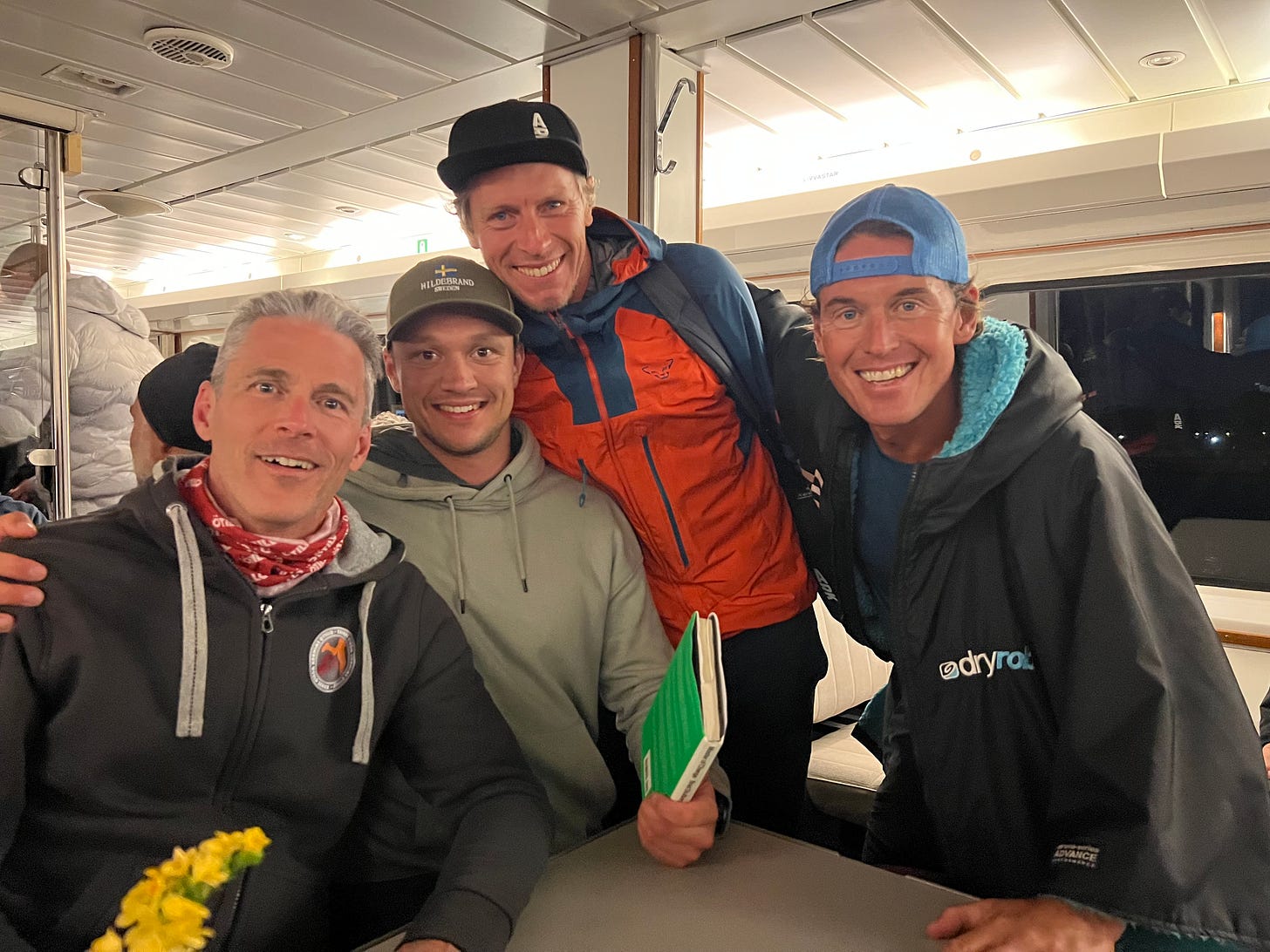
What will it take to unlock peak experience?
This framing can be the source of deep motivation. With the right mindset, challenges become smaller. Our setbacks become steps along our endurance journey. Everything becomes part of the experience of finding out what’s possible.
We are not seeking to beat others. We are seeking peak experienced achieved by transcending our self-limiting beliefs.

As for what’s possible, those 5-star goals can be useful sign posts but they are neither the purpose nor the reward of the journey
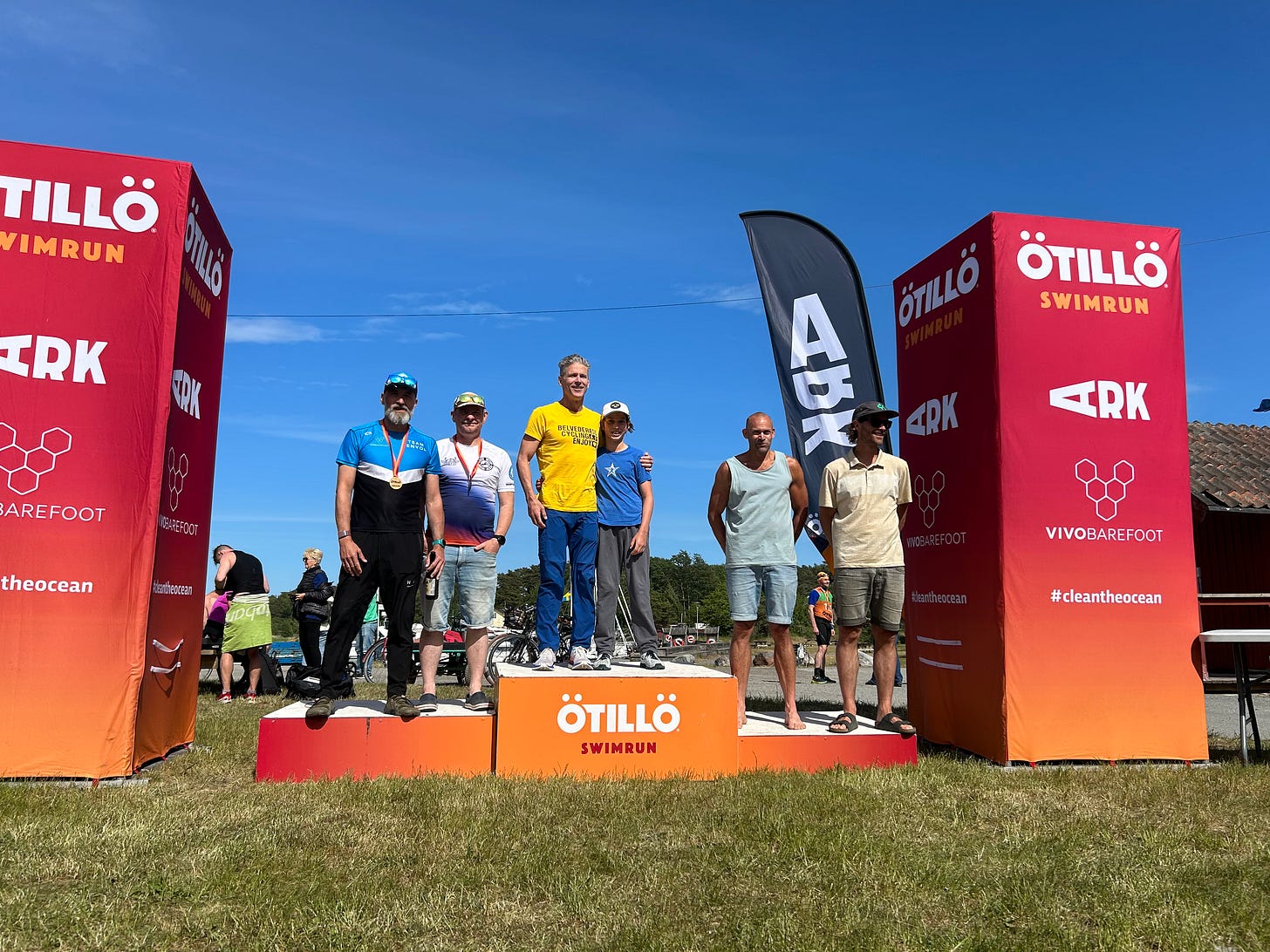
Peak experience comes in many forms. My most memorable experiences don’t always involve qualifying, winning or setting personal bests. Take time to notice, and write down, the good times.
Breaking It Down
Pause now and make sure you have written down your thoughts on the above. They don’t need to be fixed in stone. We are free to change at any time and I recommend you check in with your larger life at least once a year, ideally 2-4 weeks after your A-event during a deep rejuvenation block.
On your paper:
Pick One Thing - Our Breakthrough Target
Acknowledge: A Journey Seeking Challenges and Peak Experiences
5-Star Goals - Steps Along Our Journey
Commit: 1,000-Days To See What’s Possible
Annual Block Periodization - Swedish Style
Nils explained his annual periodization in his book:
Aerobic Season - more is more
Threshold Season - with ample Z1 maintenance
Specific Season - with ample Z1 maintenance
Aerobic 2.0 Season
Peak Competition
Rejuvenation
Multi Year Periodization
I gave you an example of multi-year triathlon periodization in Part One:
Swim Performance
Overall Duration
Bike Performance
Run Durability
Ironman Performance
Like Nils, while I was worked towards my highest training level, I maintained the skills & aerobic fitness built in the prior periods.
For example, it takes a long time to build run durability. Consistent running (at least 3x a week) has been an element of every single block.
Another example, swimming is a sport that requires a commitment to relentless technical improvement. Three swims a week, every week, is my minimum frequency.
Resource: Take my three-year plan and make it your own. Write out the components of breakthrough performance and address them season-by-season and block-by-block.
Block Periodization - Gordo Style
My Physics of Performance series explains Nils’ approach more generally.
Endurance & Strength Block
VO2 Block
Endurance & Strength Block (2.0)
Race Specific Block, including Race Efficiency Training
Peak Competition
Rejuvenation
You will come across Nils’ and my presentation with many different names. It’s the same thing.
Base — Build — Specific Prep — Competitive Peak
K.I.S.S.
From Nils’ book:
My training program was very simple and therefore very robust. It was cheap and reliable. Not fancy nor extraordinary.
I tried not to involve things that I could not control.
I did not become reliant on equipment that I could not easily access.
I did not make plans that I did not understand.
I did not follow a culture of buying a bike too expensive to bring about in the rain.
To me speed skating was just a one legged squat, repeated over and over during maximum heart rate. It was all just very simple and I kept it that way.
This is the approach of a man who broke world records and won gold medals. Your plan needs to fully embrace simplicity.
There’s another thing I want to highlight for you.
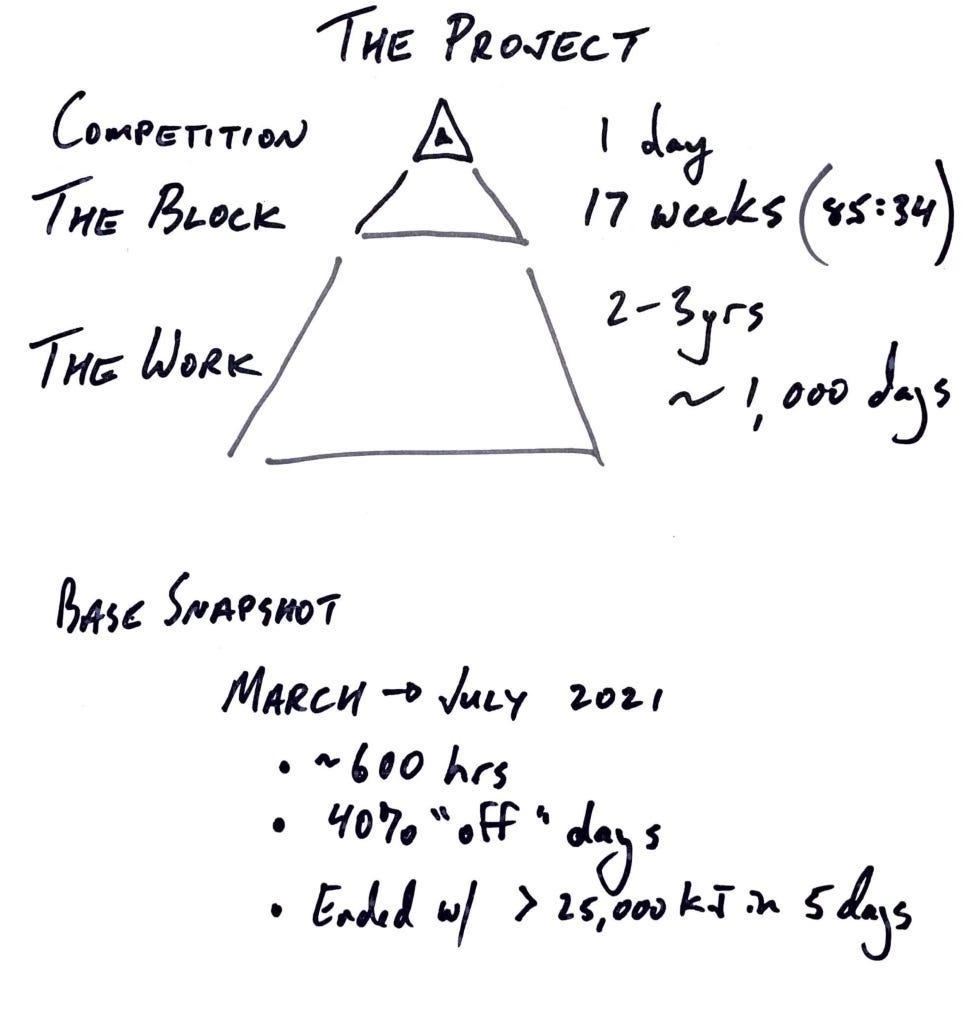
Despite being 28 years older than Nils’ my three-year plan was similar. To help my compliance, I told you exactly what was going to do when I started.
The Work: Create The Ability to Do The Work (1,000 days)
The Block: 15 Weeks
Competition: One Peak
Take our experiences and make them your own.
Extend Your Time Horizon
Highlights from Nils’ career: Junior world champion (2014), 2018 Olympian then World Record Holder (2022).
What do you see there?
2014
2018
2022
When performance matters we must plan longer than 3-10 month cycles. We must allow for deep rejuvenation blocks.
We have block periodization, within our calendar years.
We have multi-year plans, where we target the component pieces of breakthrough performance.
Weeks — Blocks — Seasons — Years
Across the entire period, we are working to avoid choices that might interrupt improvement. Importantly, sometimes the right choice is to train less, or do something completely different for a few months. After 2014, 2018 and 2022, Nils “retired.”
Resource: My 2013 article about Coping With Setbacks.
A Better Method Than Binary Loading
When looking deeply into Nils’ training I noticed a lot of easy days, up to 50% of the days when he was in general preparation. Further, Nils’ easy days appeared as “zeros” in his training log. Meaning there is no entry in the log for that day. As Nils’ fitness improved, he was able to tolerate more weeks of the 5:2 training, for which he’s known. Clearly this approach worked for his goals.
Many commentators (myself included) have called Nils’ approach 5:2 loading. I think a better description is Binary Loading. Meaning, the day is either going to be challenging or nothing. The training appendix for How to Skate a 10K is filled with nothing days and mind-blowing blocks of incredibly high load.
This binary approach is appealing to highly motivated athletes. But is it optimal? It wasn’t for me, there are too many days without exercise. Because adaptive volume is the prime directive, I want to avoid any approach that leads to intermittent training.
I found it better to thinking in terms of stress, than load. By thinking in terms of stress, I was able to tolerate high volume, as well as high stress sessions. The loading rules I arrived at were:
Two back-to-back easy day every week.
Two back-to-back days off running every week.
Half my days are easy.
Unload running at least every third week.
Deep unload once a year (four weeks).
Shallow unload whenever I suspect I’ve gone stale (two weeks).
Your optimal program is likely to lie closer to my approach than the headline 5:2 (from Nils) or 80:20 polarized (from others). In fact, if you’re not already at the top of your category then an 8-18 month general conditioning period (95% Green Zone) will be optimal. That’s how I spent my first 500 days when I returned to structured training, from a 10-year retirement from racing.
Resources:
My 2025 explanation of Block Periodization and Dynamic Loading
My 2022 explanation of Swedish 5:2 Loading which needed to be modified to stress-based loading system.
You are likely to find:
You need more recovery than two easy days a week.
Your fastest progression comes from moving the needle slightly, then adapting.
Two years ago, I set a crazy goal of racing a sub-9 Ironman at 60. Today, it doesn’t seem big enough. I’ve started thinking bigger. My two additions:
Sub-3 hour marathon, off-the-bike.
Sub-2 hour Olympic distance triathlon.
Many competitive athletes use sport to avoid dealing with the rest of their lives. Athletic success has a low rate of return compared to loving relationships in the real world.


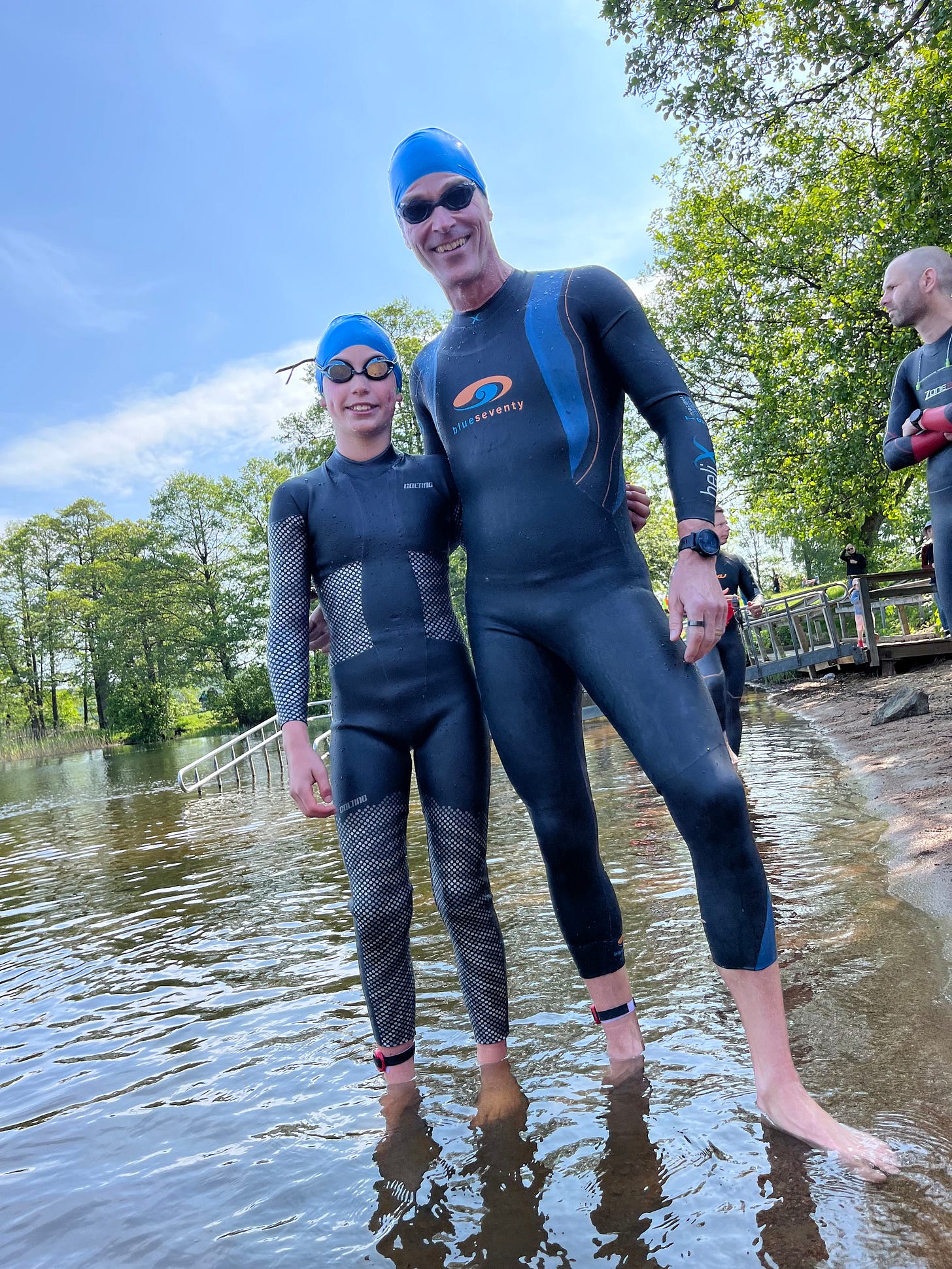

Thank you. Another excellent article. In my opinion, patience is the number one thing preventing people from greatness. In sports, business, life. All connected to ego, insecurity, contentment, relaxation. Thanks again.
@Gordo Byrn what an uplifting and inspiring read as I take a short mental break after coming into the hospital at 03:00 to care for several patients. I previously was intimidated by the 1000 day mindset. Now, I’m excited about 1000 days.